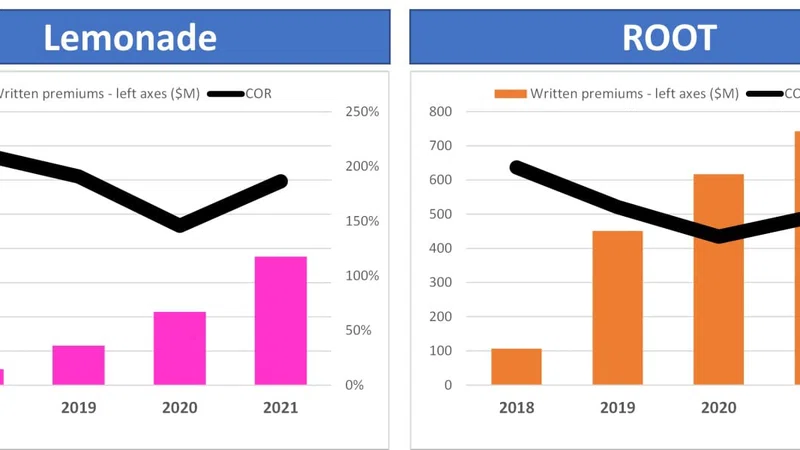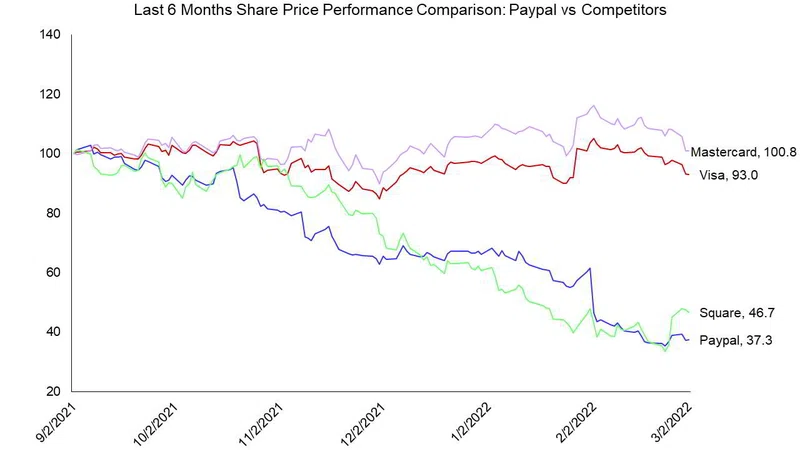Despite the frequent giving of lip service, ethics have been undervalued in Fintech. With ‘dark patterns’ deceiving users, the sector is coming under pressure to improve its standards. While the larger businesses under the brightest spotlights are slowly becoming more ethically aware, the majority of smaller Fintech enterprises remain scrutiny-free. So, what can be done to tackle dark patterns and the other moral issues relating to the sector?
What are ‘dark patterns’?
‘Dark patterns’ is a design within a user interface that has been purposefully created to trick or lure users into doing things that they may not otherwise have chosen to do. This frequently involves money when consumers are either making investments, or buying things they may not necessarily need. The mis-selling of payment protection insurance (PPI) scandal that took the UK by storm in 2019 is probably the best-known example of this practice, but it can be found almost everywhere, with the provision of overpriced insurance for relatively low-cost goods among the most common instances. However, in Fintech, the potential for the application of dark patterns has become far greater, and the ‘patterns’ themselves far more complex. In financial companies where user money is on the line, this can be a dangerous trap.
How can the presence of ‘dark patterns’ be tackled?
The greatest problem with ‘dark patterns’, and the reason why the issue has become so prevalent, is the fact that most consumers are totally unaware that it is happening. So, education has to be the first step of any corrective measures.
How can users recognise ‘dark patterns’?
There are nine common types of ‘dark patterns’ that consumers need to be aware of.
- Bait and switch – Whereby a user intending to take a particular action is lured into doing something else entirely.
- Disguised ads – Ads disguised as content have been common across all media types for decades. It’s a less common device in Fintech, but still something to be aware of.
- Friend spam – We’ve all had emails purporting to be from friends that should only end up in the spam folder. These are generated when a dark pattern asks for someone’s email or social media permissions for a positive reason, but then abuses them.
- Hidden costs – Hidden costs are nothing new. It’s not uncommon for businesses to lure customers in with astonishingly low prices, and to pile on multiple add-ons at checkout.
- Forced payments – This is a common issue in Fintech, where users are baited with a free trial, but have to enter their debit card details to benefit from it. With no obvious opt-out, users find themselves being charged at the end of the trial period.
- Forced membership – In the UK, GDPR has helped to reduce this form of dark pattern. Until pretty recently, it was common to accidentally sign up to a website and find it impossible to extract yourself from their mailing list.
- The prevention of price comparison – If it’s hard to find a price and it’s hard to compare prices with other brands, users cannot make informed decisions.
- Misdirection – The mainstay of con-artists everywhere, misdirection uses distraction to draw your attention away from where unwanted actions are taking place.
- Clever question formation – Ever ticked an opt-in box under the impression that you’d opted out? Using clever copywriting to mislead is another dark pattern.
- Requesting credit card information- Although, perhaps, technically not a dark pattern, requesting credit card information for product trials is hardly ethical. Let's face it – only a fraction of those testing a product out will end up being a paying customer and what normally happens is a significant number of users will forget about the subscription altogether, and will not bother with requesting a refund.
Why ethics-led design is the only way to instil user trust and run a moral Fintech business
How can you trust a business that you believe has previously misled you? Why would you return to a business that has heaped on additional costs, or strong-armed you into making decisions that weren’t right for you or your company?
For long-term success, businesses need to foster customer loyalty. The use of ‘dark patterns’ may draw in customers for the short term, but it destroys trust not only for the present but also the longer term. Poor practices will damage a business’ reputation, preventing others from onboarding at a later date, shrinking the user base. For longevity, Fintech businesses need to adopt transparency and ethics-driven practices.













